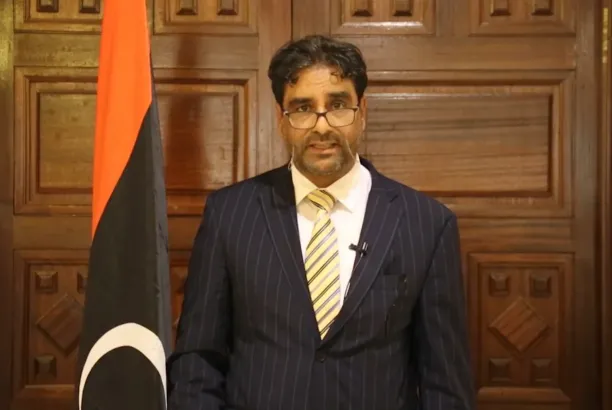Professor of Political Economy Mohamed Al-Barghouthi wrote an article in which he stated:
“Hardly a day passes without discussion of the successive crises facing the Central Bank of Libya — some new, others long-standing. Yet, at the core of monetary policy, what truly matters to citizens and affects them most are two key crises: cash liquidity and the exchange rate.
The liquidity crisis is, at its core, the result of chronic accumulations stemming from structural imbalances in the monetary and financial cycle. However, the actual executive responsibility for managing it lies with the Central Bank of Libya, as it is the body responsible for balancing money supply and organizing the flow of liquidity within the banking system.
Therefore, addressing this crisis requires deep monetary and technical solutions, not just temporary measures or emotional reactions.
As for the exchange rate issue, its roots are inseparable from the expansionary fiscal policies of the two governments in the east and west. Both have continued deficit spending and increased public debt without real backing from revenues or production, thereby adding pressure on foreign currency and complicating the management of its demand.
Hence, no matter how precise or disciplined monetary policy becomes, it cannot by itself compensate for the imbalance in fiscal policy. Monetary stability requires coordination between both sides, not a mutual exchange of blame.
The situation became even more complicated when the Central Bank — whether with good intentions or under pressure — put itself in a difficult position by allowing optimistic expectations about a decline in the exchange rate at the start of October. These expectations were based on measures such as withdrawing the 20-dinar banknote, opening exchange offices, and reducing the foreign currency fee (tax) by 5% — limited regulatory steps that do not address the core of the supply-demand equation for foreign currency.
In truth, the Bank had relied on promises of reduced public spending and tighter fiscal control, along with the completion of existing development projects. However, these promises were never fulfilled, leaving the Bank facing a reality different from its forecasts — and paying the price for overconfidence in political assurances.
Today, the Central Bank must readjust its message and policies according to a more realistic, cautious, and transparent approach before public opinion. This requires calm, rational management and realistic expectation handling — not reactionary behavior or overly optimistic media discourse aimed at influencing exchange rate trends.
The real battle is not to win public opinion temporarily, but to gradually rebuild trust through credible steps and clear vision — a massive responsibility, yet not an impossible one, if the will and courage exist to tell the truth as it is.“






